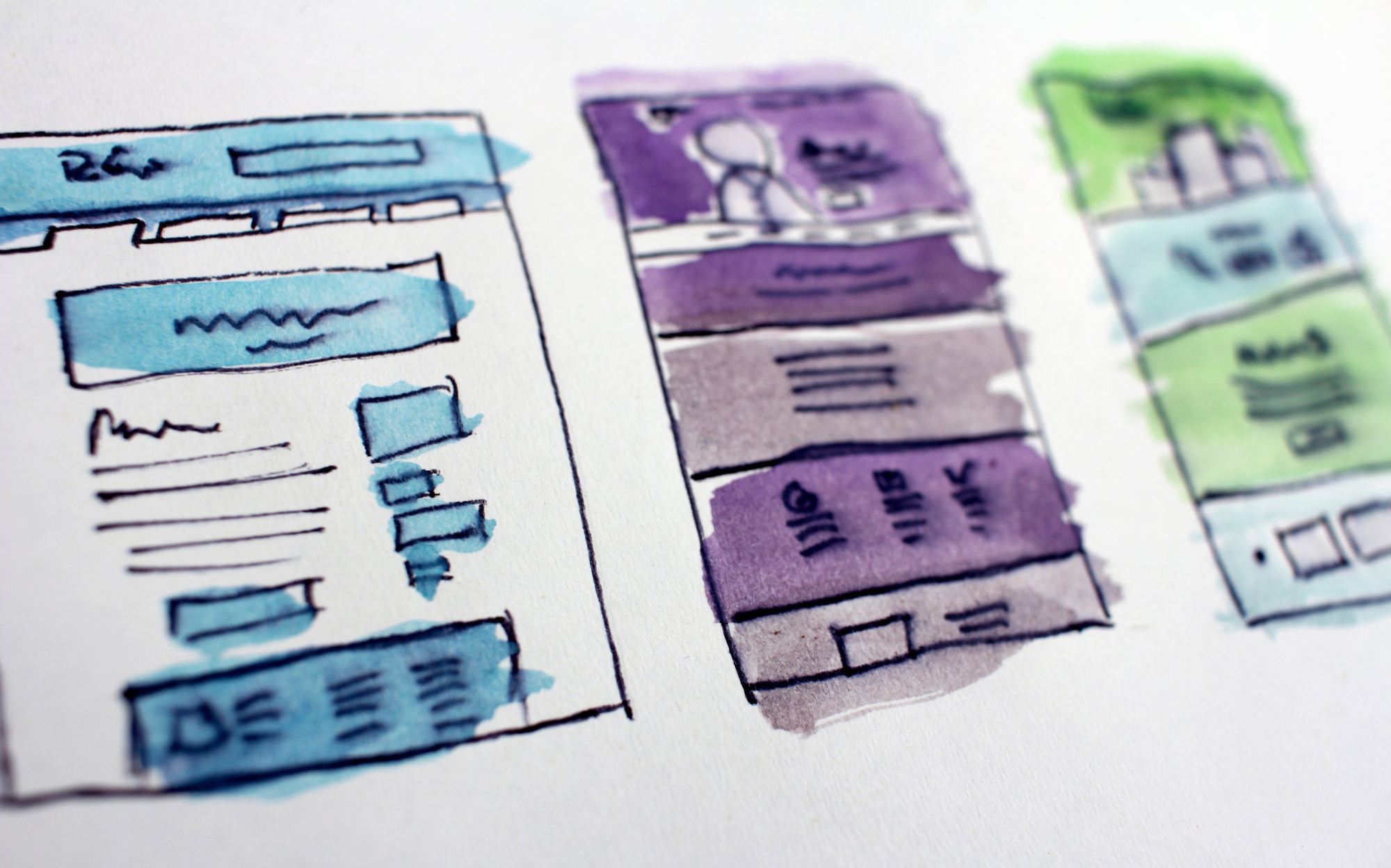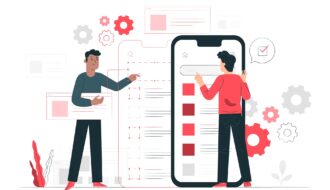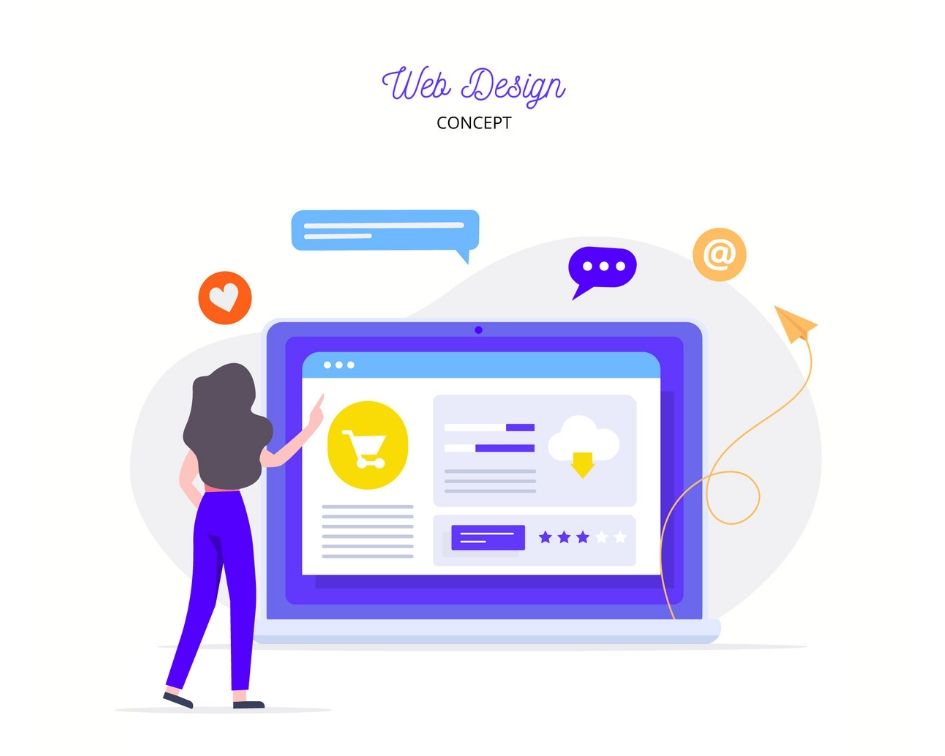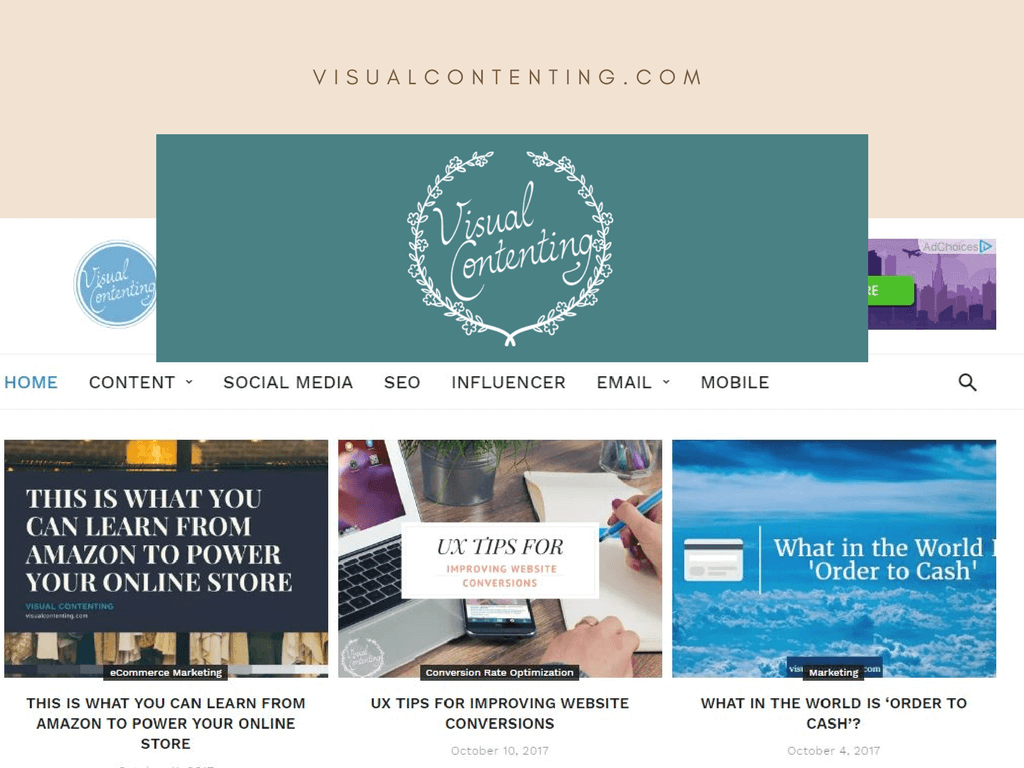A piece of data that tells us how more and more people across the world are using smartphones and mobile apps has not only become a fact but a rather trivial factoid. The reason why we mention this at the very beginning of our article is fairly simple: we want to point out how new technologies and advancements in these areas have led to an increased human activity concerning these products. And even the fact that more than a billion people use smartphones and mobile apps every day is not the most interesting part – it’s arguably much more fascinating just how big the entire industry is.
As a direct result, we as human beings are spending a significant portion of our lives in trying to create faster, smarter, more engaging, more aesthetically appealing, and overall better functioning mobile apps to serve our insatiable hunger and need for superior products in these areas. That’s where the 21st-century jobs start to surface: (good) UI/UX designers are always in demand because they’re the ones that can actually help create the product that people will (hopefully) end up loving and using every day.
What’s UI/UX In the First Place?
The abbreviation UI stands for User Interface. Simply put, this refers to the way a user interacts with an app through her or his device, regardless of what exactly they’re using (it could be a smartphone, a tablet, a laptop, etc.). The reason why people in the IT industry insist so much on UI is the following: any user interface design that’s effective and engaging will make the interaction between the app and the user easier. A good UI provides a smooth interaction between a user and a device.
On the other hand, UX stands for User Experience and refers to the way designers can help users get the best possible experience when using mobile apps. A good UX designer will make sure that the user has the best possible experience while interacting with the app through the device of her or his choice.
Why Are They So Important?
 Any team that develops a mobile app has to pay utmost attention to both UI and UX because this directly determines the overall success of their project. If you have an app that doesn’t function well, is poorly designed – who’s going to use it? That’s where UI/UX jumps in: people who are in charge of this part of the process should be aware of many things in advance. For instance, they should know who is the app target audience, what age group do they belong to, which OS do they prefer, the type of phone they use, are they more prone to buying new Android device each year, or do they opt for refurbished iPhones instead, and things like that.
Any team that develops a mobile app has to pay utmost attention to both UI and UX because this directly determines the overall success of their project. If you have an app that doesn’t function well, is poorly designed – who’s going to use it? That’s where UI/UX jumps in: people who are in charge of this part of the process should be aware of many things in advance. For instance, they should know who is the app target audience, what age group do they belong to, which OS do they prefer, the type of phone they use, are they more prone to buying new Android device each year, or do they opt for refurbished iPhones instead, and things like that.
As you can see, it’s not the easiest job in the world, but it’s the one that gives a lot of satisfaction. That feeling when you know you’ve made a good product that many people all around the world are using every day is really unmatched.
A Good UI/UX Attracts Users
As we’ve already foreshadowed earlier in the text, a good UI/UX attracts new users all the time. That’s why you see so many apps that are constantly trying to move up the ladder and be better than the competitors.
Every user can see a direct result of this through various changes in app design. It’s not enough to have an app that many people use at the moment – it’s equally important to try and improve the current layout, so you can continually attract more users.
It Leaves a Good Impression
A good UI/UX design leaves a good impression. No one can expect from people to use an app that’s poorly designed, but at the same time, you also want the app to be highly functional.
This is how UI and UX complement each other. There are numerous cases where the app design was great, but the app failed to deliver on the other end or vice versa. That’s why it’s so hard to hit the right/winning combination. Many apps are highly functional, but users just won’t bother with them due to poor design.
People Recognize Good UI/UX Naturally
 If you’ve ever wondered how are you going to tell if you have a good product, or if you’re doing a good job or not in case you’re a UI/UX designer, the good news is that the market will show this rather quickly.
If you’ve ever wondered how are you going to tell if you have a good product, or if you’re doing a good job or not in case you’re a UI/UX designer, the good news is that the market will show this rather quickly.
For example, if you put your app on the app market, people are going to rate it and comment it. Pretty soon you’ll know if you did a good job or not. The comments and ratings will tell others just how satisfied they are with the product they’re using.
A Good UI/UX Design Leads to More (Loyal) Customers
We don’t even have to mention the fact that a good UI/UX design will give you more satisfied customers.
Now, the way to get them to be loyal can be tricky at times, and you really have to use different tactics here. Our advice would be to listen to the consumers and make tweaks and adjustments according to their preferences. That way you’ll be certain that they’re getting exactly what they want and expect of the app.
In Conclusion
In this article, we’ve tried to give you some basic information about the importance of the UI/UX design in the development of mobile apps.
We hope that you now realize just how big the industry really is and how many people are working closely together each day, to provide you with the best product they can for you to use.
Related Posts
Nick is a blogger and a marketing expert currently engaged on projects for Media Gurus, an Australian business, and marketing resource. He is an aspiring street artist and does Audio/Video editing as a hobby.







